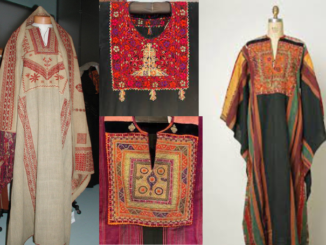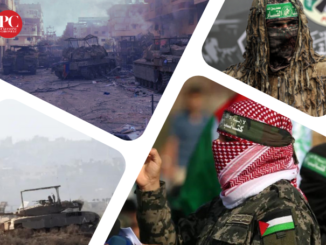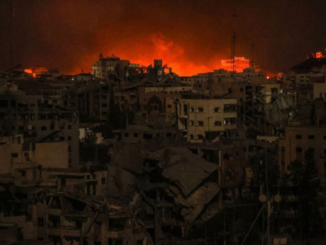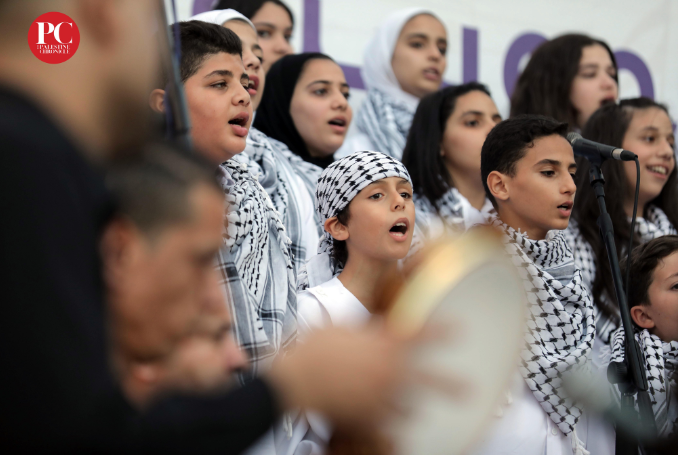
By Benay Blend
Not all Palestinians share the same experience and voice, but they are united under the commonality of multiple displacements. This theme exists in recent literature written for children and young adults, a genre that passes memories to the next generation of Palestinians.
“The old will die and the young will forget,” ascribed to David Ben-Gurion, apparently gained a life of its own but was never actually said. Nevertheless, as Asa Winstanley notes, it represents Ben-Gurion’s hope that Palestinians would disappear. The late Israeli prime minister Golda Meir, recently revived in a film biopic reviewed by Nadia Elia, went further. By denying the very existence of Palestinians while declaring that Palestinians hated Israelis more than they loved their children, Meir played a part in justifying the genocide of Palestinians that continues to this day.
Not all Palestinians share the same experience and voice, but they are united under the commonality of multiple displacements. This theme exists in recent literature written for children and young adults, a genre that passes memories to the next generation of Palestinians.
“These are stories of our homeland” (p. 5), writes Hanna Moushabeck, a second-generation Palestinian writer and editor who was born into a publishing family (p. 5). In My Father Dreams of Palestine (2023), Moushabeck reiterates her father’s story, in particular Michel’s time spent with his grandparents Teta Maria and Sido abu Michel who lived in the old city of Jerusalem before the ’67 war.
Cuisine played a large part in his memories, including his favorite breakfast, ka’ek, and the vendors who sang “the praises of pickling cucumbers and prickly pears” (p. 12), symbols that sustain the communal tie to Palestine. On this visit, Sido showed the boy his homing pigeons who lived in wooden cages under the shade of a “proud olive tree” (p. 17), itself a carrier of memory. When released, Michel asked, “won’t they fly away?” (p. 17). “This is their home” (17), Sido replied, signifying, too, the moral right of Palestinians to return.
“That was the last day my father saw his grandfather, Moushabeck relates, “the last time he saw Palestine” (p. 19). It is this “troublemaking status, this personal and collective status, the lack of a homeland, the collective exile (Tahrir Hamdi, Imagining Palestine: Cultures of Exile and National Identity, 2023, p.115) that ties personal stories like this one to the collective narrative of exile. On the last pages of the book there are pictures of the mother cooking food, the telephone, and a replica of the key to their house in Jerusalem—all very personal memories that are often duplicated in other homes.
In These Olive Trees: A Palestinian Family’s Story (2023), Aya Ghannameh recounts the story of Oraib, a child of the 1967 war in Nablus, Palestine. Oraib loved the olive trees that grew outside the refugee camp where she lived with her family. There her mother teaches her how to pick the fruit then stomp on it to release its golden oil.
Olive trees had always tied her family to the land, a heritage she learns from family stories. As a child, Oraib has little patience for the long process of curing and brining that transform the fruit from bitterness to sweet. However, sometimes it “surprises her, and she finds joy in the [olive’s] bitterness” (p. 8), a testament to Palestinians who continue to fully live their lives despite trauma and displacement.
Oraib’s family had originally come from Al-Tira, where for generations they had tended the olive trees. But during the Nakba they were forced to flee to the camps surrounding Nablus, where her family planted more trees to harvest olives. In 1967, war arrived again, forcing the family to leave the only home Oraib had ever known.
Though the family has to leave behind their trees, Oraib decides to plant an olive pit so that a tree will be there when she returns. “Wait for me,” she tells the seedling. “One day when we’re older, I’ll return to you for harvest” (p. 29), thus attesting to the Palestinians’ desire for their return.
In the author’s notes, Ghannameh explains that this story was told to her by her grandmother Oraib, who was born in Nablus after the expulsion called the Nakba displaced 100s of 1000s of Palestinians in 1948. Her story bears out Louis Brehony’s view that “Palestine is itself a site of exile,” a place where the stories of the internally displaced exist alongside those exiled from the homeland (Palestinian Music in Exile: Voices of Resistance, 2023, p. 3).
Commenting on her choice of subject, Ghannameh writes that “today, the olive tree is a symbol of Palestinian resistance, longevity, and identity” (p. 31). It attests to the sumud of Palestinian existence that their “relationship to community, culture and place is sustained by the land” (p.31), a relationship that is maintained even when the people are not living on the homeland.
Her story is a personal narration, but it is also the story of every Palestinian living in refugee camps today. It is also the story of “every olive tree still standing,” because “like these olive trees,” concludes the author, “we are still here” (p. 31).
Nora Lester Murad’s Ida in the Middle (2022), winner of the 2023 Arab American Book Award in the young adult category, combines magical realism with the realism of Palestine under siege to tell the story of one young woman’s trip to her family’s village via ingestion of a very special olive. As the novel opens, Ida lives in Oldbridge, Massachusetts with her family, Palestinian refugees who left to ensure better chances for their children.
Although Ida attends a progressive school, she feels as though “everyone treated [her] as if she were a troublemaker just for existing, as if she should just stop being Palestinian so everyone else could feel comfortable” (p. 14). When Ida eats an olive from a jar sent by her family in Basala, she finds herself transported back to the homeland, where she lives with her family as if they had never left.
There her Siddo (grandfather) tells her how their land had sprawled across several hilltops, but now those areas were populated by settlers and soldiers so it was no longer safe to stray too far from home (p. 73). Like Oraib’s family, Ida’s people also tended to their trees, knowing that they would be repaid in olives when harvest season came.
When Ida finds herself back in Oldbridge, she knows that her life now has a purpose. Recalling Siddo’s admonition that she should remember all his words, Ida stands up in front of the entire school to tell her story. “It’s just like what happened to Indigenous people here,” she explains, “how they were pushed off the land and survived so much violence” (p. 206), but like the Indigenous in this country, Palestinians are still there, “refusing to be erased from history” (p. 166).
In the end, “Palestine would always be part of [her family],” she understood, “no matter where they lived” (p. 166). These stories are increasingly important for several reasons. Like Ida in her presentation to the school, they inform the world what Palestinians endure on a daily basis.
As of September 6, 2023, Palestine Chronicle Staff calculated that at least 47 Palestinian children had been murdered since January 1st, making it the most violent year on the West Bank since 2005. In the diaspora, verbal attacks by Zionist lobbying groups have also been on the uptick.
For example, Zionist organizations, such as the Anti-Defamation League and the Jewish Federation, have mounted escalating attacks on the upcoming Palestine Writes event, a festival which will feature writers, film makers and all manner of cultural events in Philadelphia. In response to these racist attacks, organizers declared that
“Palestine Writes is a small moment for us to exist with agency in the fullness of our brilliance, ancient heritage, stories, music, dance, and other art forms. This also includes our defiance against our colonizers and those who collude to destroy and erase our principally defenseless indigenous and exiled society. This is wholly correct, justified, and moral; and we make no apology for it.”
In Germany, Zaid Abdulnasser, the coordinator of Samidoun Network’s chapter in Germany, and member of the Palestinian Alternative Revolutionary Path Movement, has been threatened with deportation by the German state because of his relationship to Samidoun and Masar Badil.
“Teaching Palestine” to children through literary stories ensures that they will not internalize the propaganda that is hurled against them. In Lester’s story, Ida knew what her “Siddo said was true because he remembered it in his bones” (p. 75). These cultural works make sure that readers remember too, thus playing an important role in the struggle for liberation.
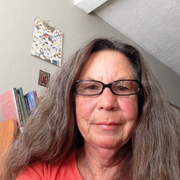
– Benay Blend earned her doctorate in American Studies from the University of New Mexico. Her scholarly works include Douglas Vakoch and Sam Mickey, Eds. (2017), “’Neither Homeland Nor Exile are Words’: ‘Situated Knowledge’ in the Works of Palestinian and Native American Writers”. She contributed this article to The Palestine Chronicle.



